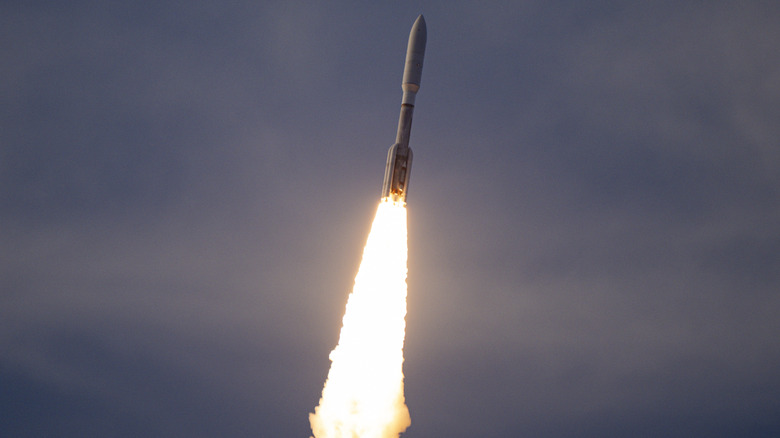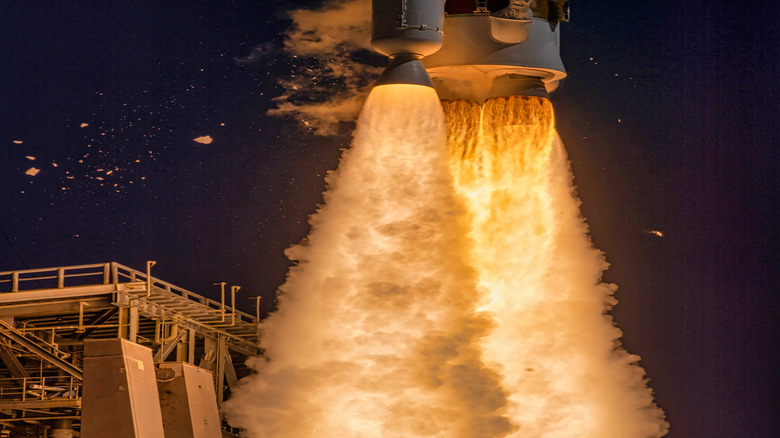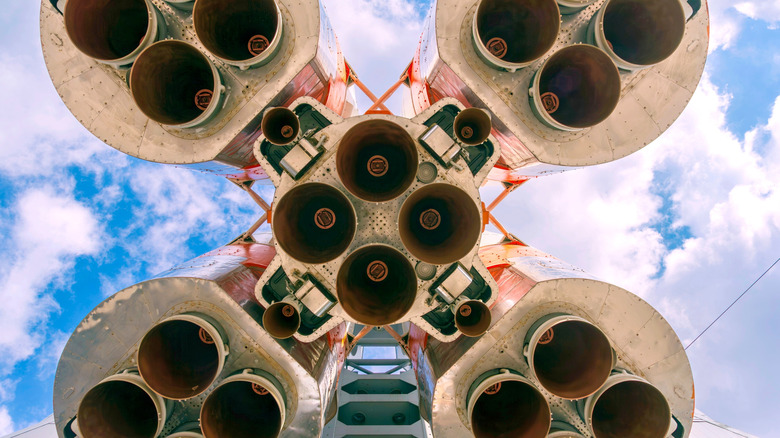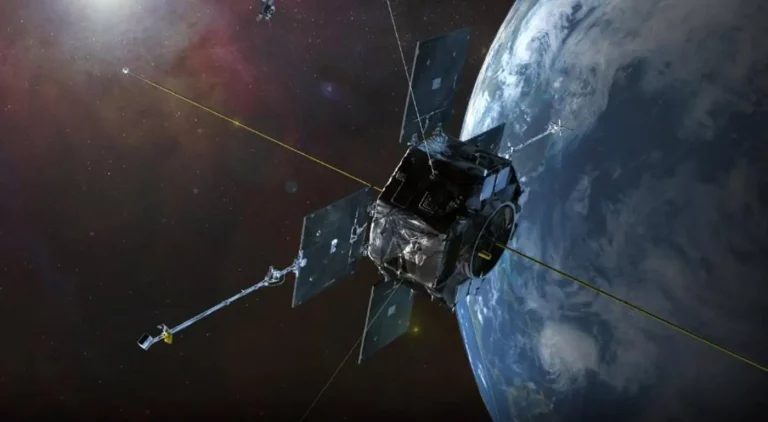
Have you ever considered how a rocket navigates through space? While many people understand the basics of how airplanes operate in the atmosphere, rockets remain a mystery to most. Few people have firsthand experience with rockets, and despite their significant role in modern civilization, the mechanics of their steering is a source of wonder for many.
Although rockets resemble giant arrows piercing the sky, their steering is far more complex than merely pointing and launching. On Earth, vehicles steer by interacting with the ground or air—cars with wheels, boats with rudders, and planes with ailerons. In space, however, there is no atmosphere or ground to interact with. Thus, a rocket must control its steering by directing its thrust. From the moment it launches, a rocket must continually make precise adjustments to maintain its course. The challenge extends beyond reaching orbit; it involves maintaining a trajectory that considers Earth’s rotation, gravity, and the mission’s destination. Proper steering is crucial for any space mission’s success, as steering failures can result in disastrous explosions.
To steer effectively, rockets use ingenious systems that allow maneuvering without relying on air or terrain. Common methods include gimballed engines, used in Lockheed-Martin’s Titan and SpaceX’s Falcon rockets. A gimbal system enables a rocket’s engine(s) to pivot, altering the thrust direction relative to the vehicle’s body. Misalignment of thrust with the vehicle’s center of mass generates torque, allowing rotation. Other systems use auxiliary engines, such as small thrusters on the rocket’s sides.
The science behind rocket steering

Gimballed thrust is foundational to modern rocket steering. In a gimballed system, the engine nozzle swivels, redirecting the thrust vector, or the angle at which thrust exits the engine. This creates torque, rotating the rocket as needed. However, excessive torque can cause the rocket to spiral uncontrollably.
In December 2024, SpaceX shared a video on X showcasing the rotational capabilities of their Super Heavy rocket engines. The thrusters’ movements were synchronized with a heavy-metal soundtrack, demonstrating the precision required for successful steering while avoiding disaster. For finer adjustments, especially later in a rocket’s journey, rockets use reaction control systems (RCS). NASA’s Apollo spacecraft famously used RCS for docking maneuvers and orbital adjustments.
Historically, rockets also used vernier thrusters—small, dedicated engines on the rocket’s sides—for finer adjustments during the boosting phase. This technology was integral to the Atlas 12A rocket’s successful launch in 1957, the United States’ first intercontinental ballistic missile. Like understanding plant growth in space, developing safe rocket steering is a gradual process that continues to evolve.
From launch to orbit and beyond

At launch, rockets generate immense power in the form of thrust from controlled explosions, countering Earth’s gravity. To reach escape velocity—the minimum speed to leave orbit—rockets must accelerate to 25,000 miles per hour. Rocket fuel, a mix of methane or hydrogen and an oxidizer like liquid oxygen, propels the rocket with force exceeding five times the speed of sound.
Not all rockets leave Earth’s orbit, so some require less fuel than interplanetary ones. By giving a rocket sideways momentum, it uses Earth’s gravity, perpetually “falling” back toward Earth without returning. This allows the rocket to orbit the planet at high speeds. Satellites and the International Space Station (ISS) use this principle, with the ISS traveling at approximately 17,900 mph (around 5 miles per second).
To explore rocket physics without being an astronaut or engineer, try building a bottle rocket for distance. With this knowledge, you’ll impress others during a live rocket launch stream.
“`






